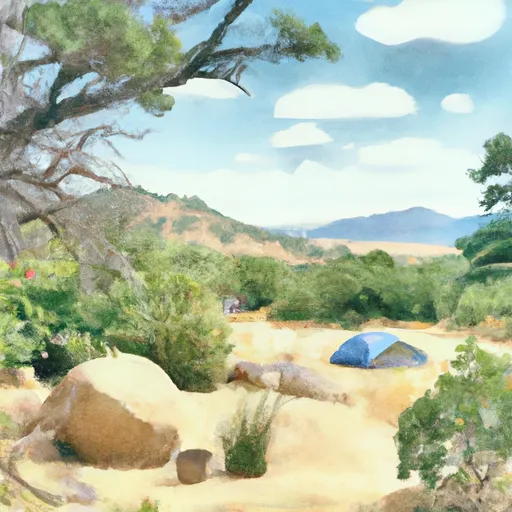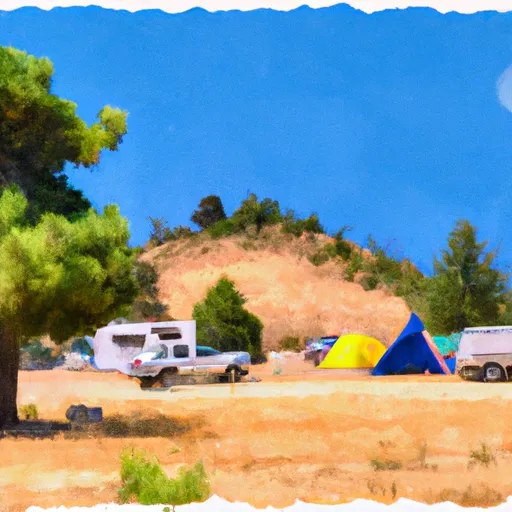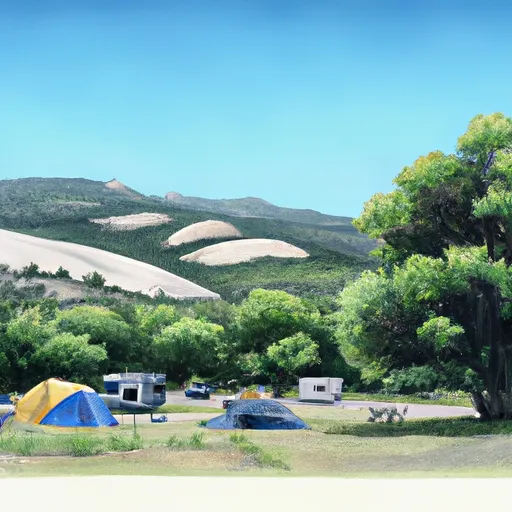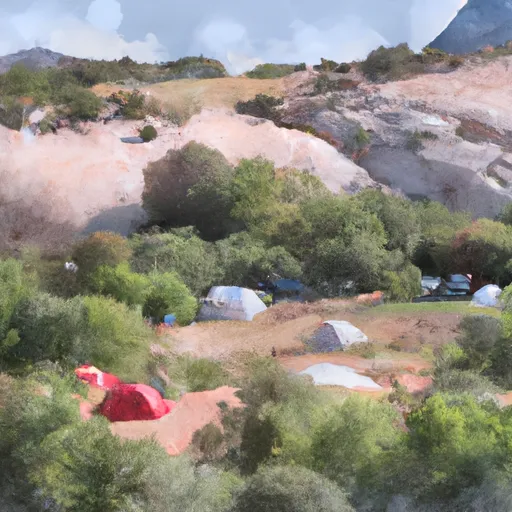Summary
Here is a summary of the refuge along with some reasons to visit, specific points of interest, interesting facts, and the best time of year to plan a visit.
San Andres National Wildlife Refuge, encompassing approximately 57,000 acres, is situated in the southern region of New Mexico. The refuge is primarily known for its stunning landscapes, diverse wildlife, and exceptional birding opportunities. It is managed by the U.S. Fish and Wildlife Service.
Reasons to visit:
1. Wildlife Viewing: San Andres National Wildlife Refuge provides habitat for a wide range of wildlife species. Visitors may encounter mule deer, pronghorn antelope, coyotes, foxes, and various small mammals.
2. Birding Paradise: The refuge is renowned for its birding opportunities, with over 200 bird species documented. Birdwatchers can spot golden eagles, turkey vultures, roadrunners, burrowing owls, and various raptors.
3. Scenic Beauty: The refuge boasts breathtaking landscapes, including mountain ranges, vast grasslands, and desert scrub. Visitors can enjoy panoramic views and take in the natural beauty of the area.
4. Hiking and Photography: San Andres offers numerous hiking trails that provide access to the refuge's stunning vistas and wildlife observation areas. Additionally, photographers will find countless opportunities to capture the area's beauty.
Points of Interest:
1. Mount Riley: Rising to an elevation of 6,540 feet, Mount Riley is the highest peak within the refuge and offers panoramic views of the surrounding landscape.
2. Water Canyon: A picturesque canyon that provides critical water sources for wildlife within the refuge. Exploring Water Canyon allows visitors to experience the area's unique flora and fauna.
3. Wildlife Observation Points: Numerous observation points are strategically located throughout the refuge, providing ideal vantage points to spot various wildlife species.
4. Historic Ranching Structures: San Andres National Wildlife Refuge was once home to several historic ranches. Visitors can explore remnants of these structures, providing insight into the area's rich cultural heritage.
Interesting Facts:
1. San Andres National Wildlife Refuge is part of the Chihuahuan Desert ecosystem, characterized by its unique plant and animal life.
2. The refuge was established in 1941 as a haven for wildlife and habitat preservation.
3. San Andres serves as a crucial corridor for the migration of wildlife, including the iconic pronghorn antelope.
4. The refuge offers limited hunting opportunities for specific game species during designated seasons. However, hunting is strictly regulated and requires proper permits.
Best time to visit:
The best time to visit San Andres National Wildlife Refuge is during the spring and fall seasons. Spring brings mild temperatures, blooming wildflowers, and an abundance of bird species. Fall offers similar conditions, with colorful foliage and pleasant weather. Summers can be extremely hot, while winters bring cooler temperatures and occasional snowfall.
It is always advisable to check the U.S. Fish and Wildlife Service's official website or contact the refuge directly to get the most up-to-date information on visiting hours, access, and any special considerations.
Weather Forecast
Park & Land Designation Reference
Large protected natural areas managed by the federal government to preserve significant landscapes, ecosystems, and cultural resources; recreation is allowed but conservation is the priority.
State Park
Public natural or recreational areas managed by a state government, typically smaller than national parks and focused on regional natural features, recreation, and education.
Local Park
Community-level parks managed by cities or counties, emphasizing recreation, playgrounds, sports, and green space close to populated areas.
Wilderness Area
The highest level of land protection in the U.S.; designated areas where nature is left essentially untouched, with no roads, structures, or motorized access permitted.
National Recreation Area
Areas set aside primarily for outdoor recreation (boating, hiking, fishing), often around reservoirs, rivers, or scenic landscapes; may allow more development.
National Conservation Area (BLM)
BLM-managed areas with special ecological, cultural, or scientific value; more protection than typical BLM land but less strict than Wilderness Areas.
State Forest
State-managed forests focused on habitat, watershed, recreation, and sustainable timber harvest.
National Forest
Federally managed lands focused on multiple use—recreation, wildlife habitat, watershed protection, and resource extraction (like timber)—unlike the stricter protections of national parks.
Wilderness
A protected area set aside to conserve specific resources—such as wildlife, habitats, or scientific features—with regulations varying widely depending on the managing agency and purpose.
Bureau of Land Management (BLM) Land
Vast federal lands managed for mixed use—recreation, grazing, mining, conservation—with fewer restrictions than national parks or forests.
Related References
Area Campgrounds
| Location | Reservations | Toilets |
|---|---|---|
 Aguirre Spring Hostsite
Aguirre Spring Hostsite
|
||
 Volunteer Park Travel Military
Volunteer Park Travel Military
|
||
 Aguirre Spring Campground
Aguirre Spring Campground
|
||
 Aguirre Springs
Aguirre Springs
|
